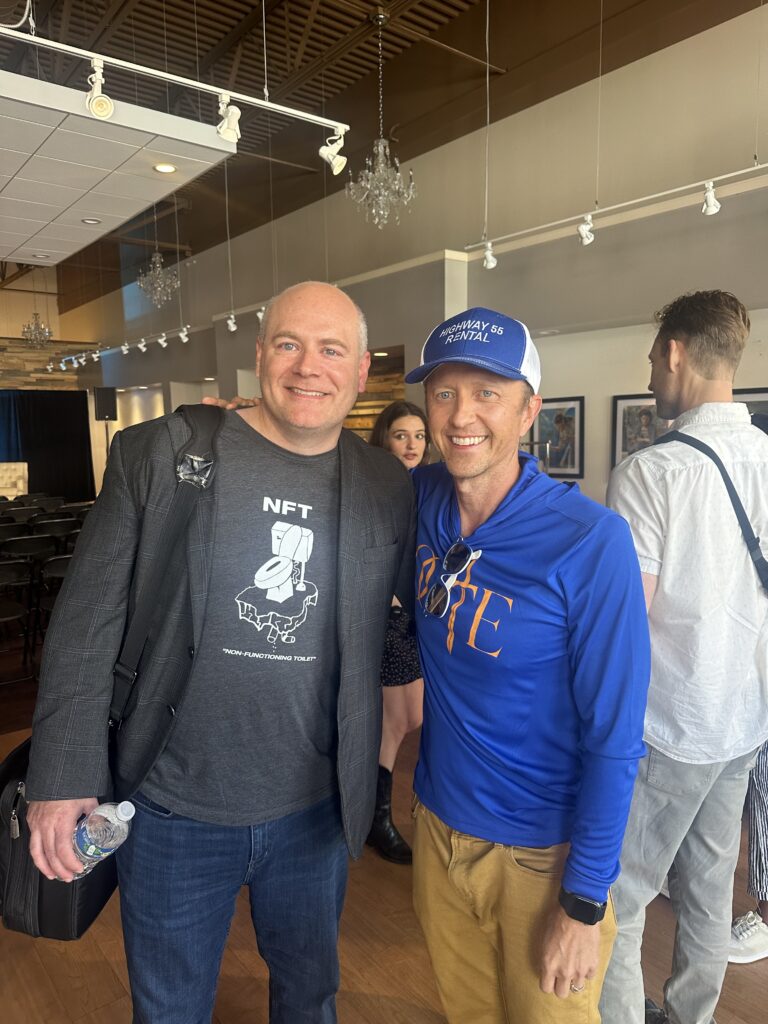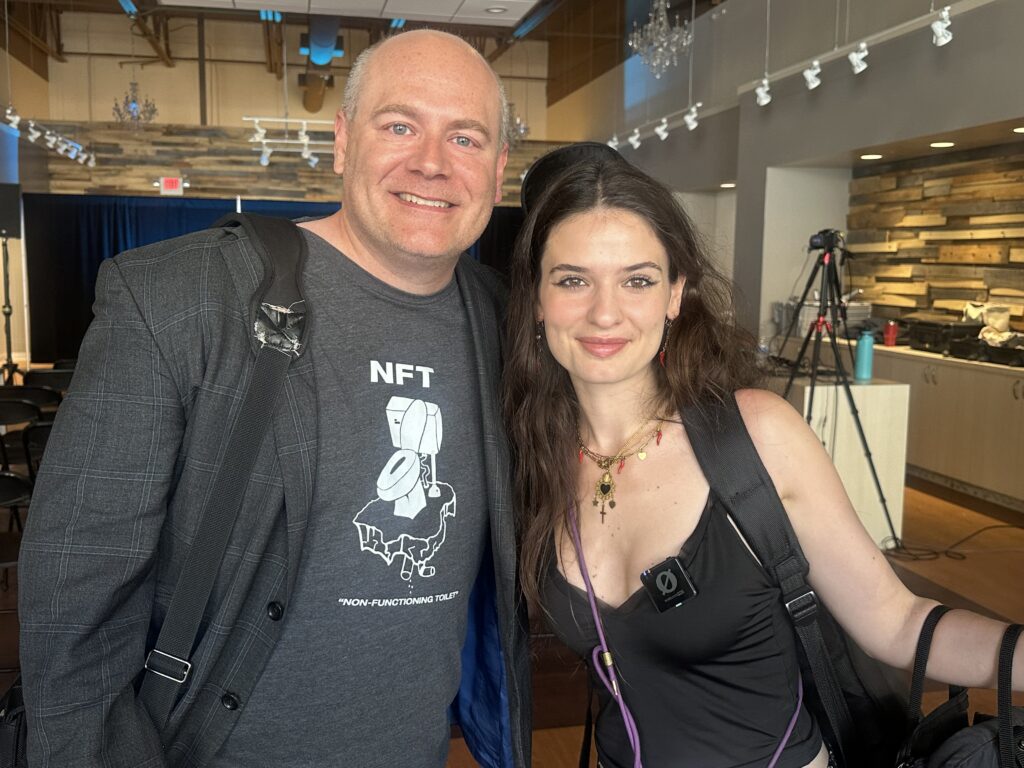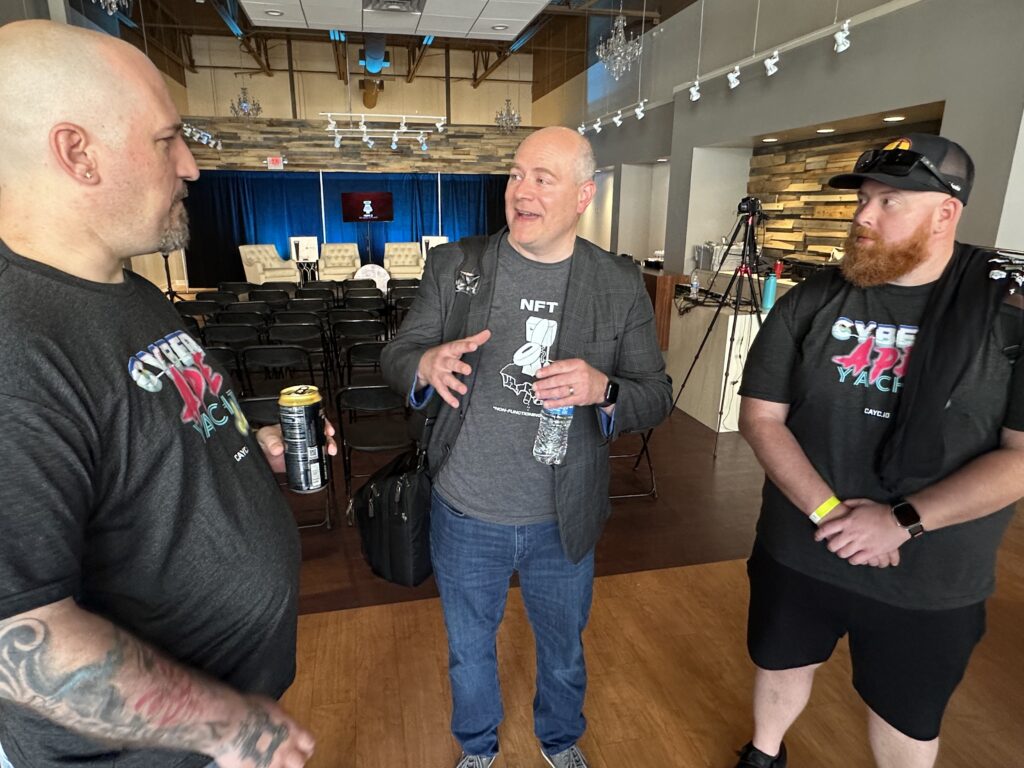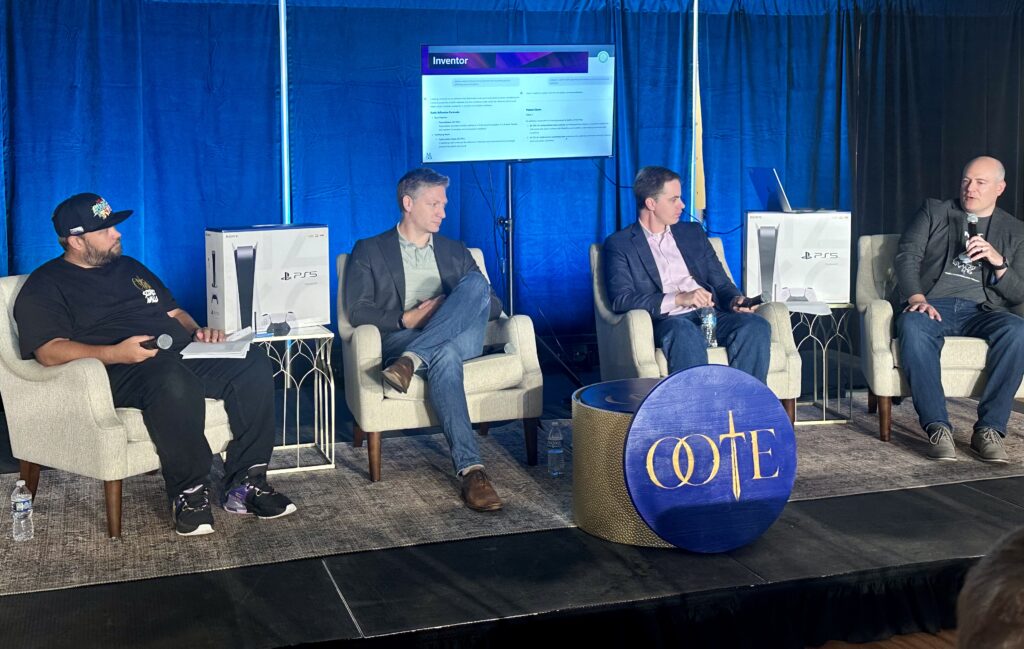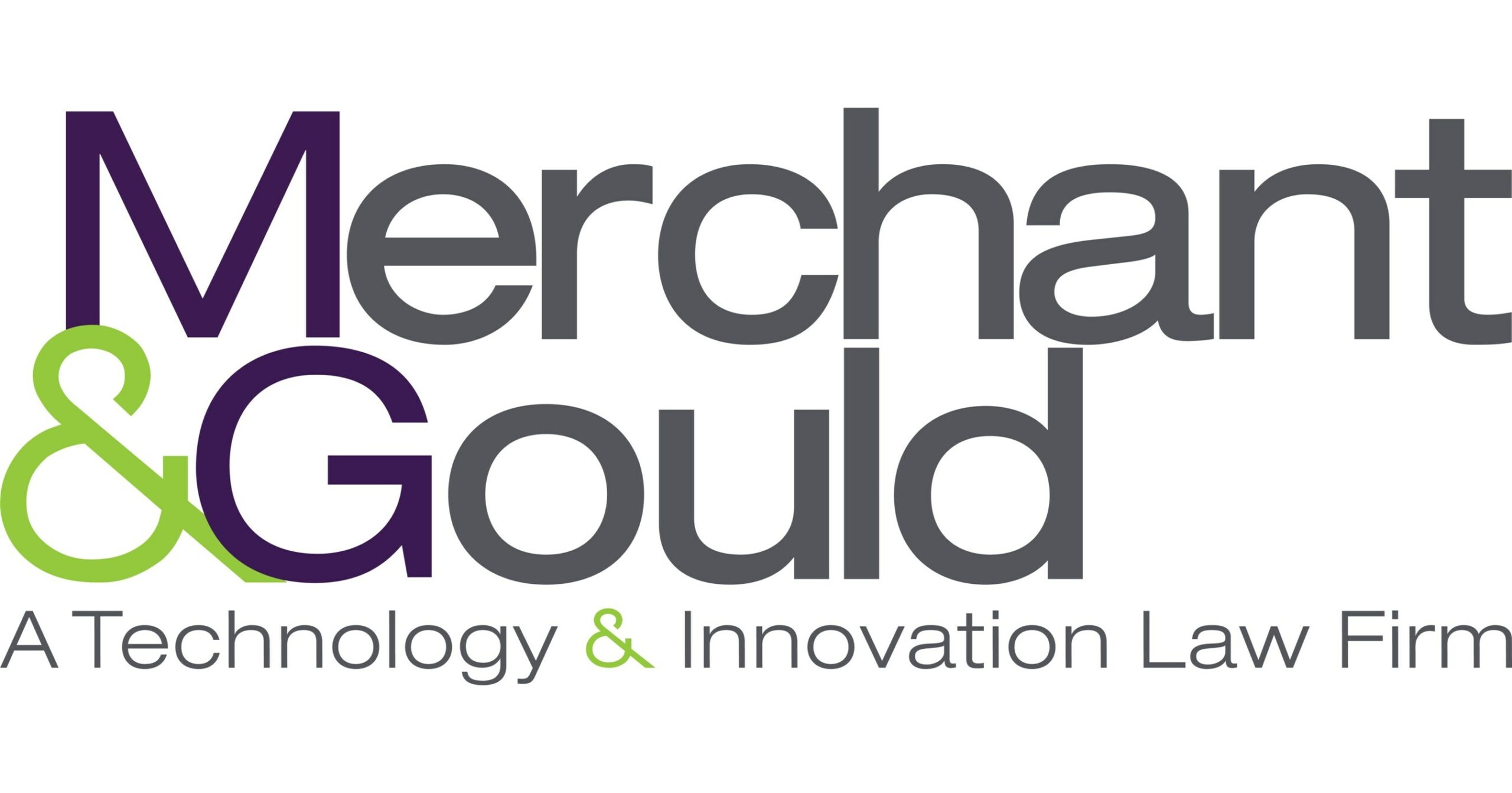Artificial intelligence (AI) once was the fiction played out in thriller books and movies. Today, it is reality and used in multiple facets of life. AI has wonderful art applications. From generating photos to adding color to paintings, generative AI can be a useful tool. However, AI has its cautionary tales. Here are five tips for artists to consider when using AI.
- Understand AI Technology.
Before incorporating AI into your art, it’s crucial to have a foundational understanding of the technology and how it impacts your rights. The base of an AI system includes a model. The model is trained with large amounts of data, so it can make predictions or decisions based on future data. The training data can come from public sources, such as the Internet, or private sources such as a private database.
A generative model is activated by using that future data, often in the form of a prompt, which is an instruction to trigger its processing. For example, a prompt may be “generate a poem about a duck named Goose.” The AI system would take that prompt and apply that prompt to generate an output, which is the poem. Outputs can range from simple text to photographs, video, and audio. Artists should take a training course to understand AI fundamentals, which will help in understanding how art is created and modified using the AI systems. - Understand Your Rights in Input Data and the Risks of Losing Exclusivity.
An artist may want to take a prized photograph and input it into an AI system to modify the color or add or take away an element of the photograph. Inputting any piece of art to an AI system, however, can result in the loss of exclusive rights. Artists using public AI systems like OpenAI’s ChatGPT or Google’s Gemini are subject to terms of use related to those systems. Those terms grant the owner of the AI system rights to the input. If that input, or prompt, is your prized photograph or painting, you may want to own sole rights to that work. Before inputting the work into an AI system, understand what rights you are giving up. - Understand Your Rights to AI Output.
You may think that if you created a prompt and generated a piece of art using an AI tool that you own and have all rights to that work. Again, the usage terms of the AI systems will dictate what rights you have. Many agreements grant the user ownership in the output. But those same agreements often grant the AI system owner a right to use the output. Therefore, artists do not have exclusive rights and may see the artwork that they created produced by someone else.
Additionally, current law provides that works of art must be created by a human. Because an AI system is not human, AI created art may not be capable of copyright registration. Courts require a work of art to be registered before an artist can bring a lawsuit. Because the work of art cannot be registered, the work may not be enforceable. Artists should consider adding a human touch to the AI generated work after it is generated so at least that aspect can be protected. - Understand Infringement Risks When Using AI Technologies.
AI systems are often trained using data from the public. That includes art from artists who may not have granted rights to their art. Subsequent artists using the AI system may unknowingly generate artwork that is based on others’ rights. Those subsequent artists may have stepped into a copyright infringement lawsuit.
There are multiple lawsuits pending regarding the use of artists’ work to generate AI content. Artists whose art was used to train an AI system may have a cause of action against the AI system. Also, artists who generate works based on AI models should be aware of potential copyright infringement actions that could be used against them. Those artists should be aware of the issue and consider using the AI model as inspiration, not as a final product. - Prepare for Future Developments in AI Technology.
The technical and legal landscape concerning AI is evolving. Stay informed about changes in laws and policies that may affect your rights as an artist using AI. This proactive approach will help you adapt to new regulations and ensure that your artwork remains protected. Joining artist coalitions or IP-focused groups can also provide resources and updates on legal trends affecting the AI art community.
The future of AI in art has many opportunities. Navigating the risks by understanding these five issues, artists can be at the forefront of this evolving technology.
